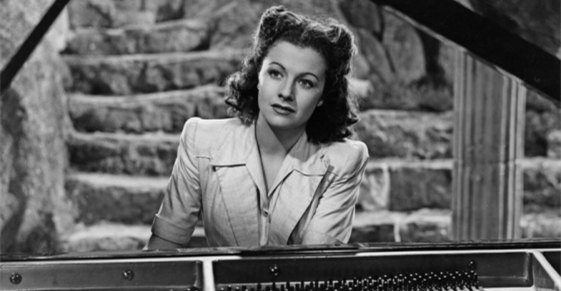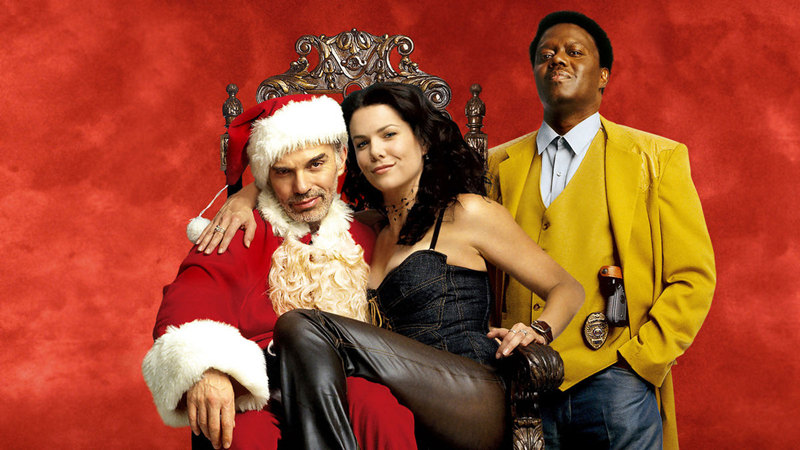“(Journalists) are all damaged goods. If they weren’t when they went in (to a war), they are when they come out.” These words come from photographer Robert King, the subject of the documentary “Shooting Robert King.”
In the course of his career in photojournalism, King has covered almost every major conflict of the last two decades—Bosnia, Chechnya, Rwanda, Iraq, Afghanistan. His photos and video featured on the covers of Time, Newsweek, The Guardian and many other European and American news outlets. He braved frightening conditions as a regular part of his life, but as Richard Parry’s film makes clear, the physical dangers of being in a war zone aren’t the only threats to journalists who cover armed conflict.
The portrait of King that emerges from this intriguing, unflinching film is one of a driven, admittedly self-destructive man, who stepped into the Bosnian conflict at the beginning of his career without any formal training, basically clueless about professional journalism and about the conflict itself. He only knew he wanted to shoot pictures in the most dangerous places, and he wanted to be the youngest person to ever win the Pulitzer.
The film follows King from those early days in 1993, when he arrived in Bosnia, to his work embedded with US troops in the Iraq War in 2007. The spine of the story is video footage of King at work, shot at the time and on location by Parry and producer Vaughan Smith—some of which must have been just time-killing by bored journalists in ’93 and ‘97, but in this context pulls back the curtain on King’s mindset and working methods. This location footage is interspersed with present day interview footage of King and those who know him.
With disarming candidness, King speaks frankly about his youthful struggles to get his career going, his demons of wild behavior, and the emotional cost of the ambition that drives him. With his tendencies to personal excess, King is probably not everyone’s idea of a role model, and definitely not the pure and noble seeker of truth as journalists are so often portrayed.
This is a darker, grimmer portrait, though not without humor, and one that doesn’t shy away from the more cynical aspects of a working life lived by a wounded but clear-eyed practitioner. King’s honesty about the role of journalists in war, and the remarkable tenacity and skill with which he has pursued his vocation, are a winning combination, bringing his underlying sense of honor and integrity into sharper focus.
He speaks quietly, hauntingly about the scenes he has witnessed—“How many unnamed dead bodies have I stepped over? Hundreds.” After he shot disturbingly graphic video footage of the aftermath of an explosion in Karbala (portions of which are seen in the film), he states he was “sick for two weeks, not able to leave the house.” One does not need to work hard to imagine the range of horrors King sees when his eyes are closed.
Director Richard Parry has efficiently pared this story down to lead-sentence essentials, using a formidable selection of location footage for the heavy lifting, and never letting the scale of the conflicts overwhelm the individual story at the film’s core. Only one repetitive photo-montage sequence about King’s drug-fuelled time in Moscow comes across as misjudged.
Being a journalist himself, Parry also doesn’t gloss over the carnage documented by King, which makes for moments of disturbingly intense viewing. An incident caught on film in Grozny, where the crew is confronted by two gravely wounded civilians, is particularly harrowing. The present-day footage of King deer-blind hunting in the woods of Tennessee, which serves as a kind of buffer between brutal war segments, is also a blunt-object metaphor for the watch-and-wait of war journalism. This style of unpretentious narrative directness in“ Shooting Robert King” makes a satisfying corollary to the bullish, non-veneered spirit of its subject.
Video:
“Shooting Robert King” is presented in a 16:9 aspect ratio. Due to the variety of footage formats and sources, the visual look of the film is a grainy authenticity, but this only adds to the impact. The recent footage in the woods is nicely shot and looks pleasantly detailed on screen.
Audio:
The audio track is 5.1 Dolby Digital Surround Sound, with an option for 2.0 Stereo. Like the video, the variety of source material makes for uneven but authentic listening. The evocative music score receives excellent treatment.
Extras:
- An informal, anecdotal feature-length commentary track with director Richard Parry and producer Vaughan Smith. The sound is pretty roughly recorded.
- “Making of Shooting Robert King”—more than the usual featurette, this has lots of great background information, and expands on some of the feature footage
- A short set of deleted scenes
- “Riding Shotgun with the King”—a revealing short film detailing King’s alcohol-fueled work in Juarez, Mexico in 2009 to document the violent drug war.
- “The Frontline Story”–interviews with Parry and Smith about the trailblazing journalists’ collective Frontline, and the journalists who worked, and died, for it.
- “Frontline Club promo”—documents the club that formed to promote the journalistic ideals of the Frontline organization.
- A slideshow of King’s photographs, giving a fuller picture of the skill and artistry in his work. There are shots here that will stick with you for a long time.
- “UN Corruption”—a news story detailing black market activity using U.N. rations during the siege of Sarajevo in 1993.
- “Vochin BBC”—a grim news feature about a massacre of Croats in the town of Vochin during the Yugoslav war.
Parting thoughts:
An honest, compelling portrait of an artist at work, “Shooting Robert King” doesn’t flinch from the horrors of the wars covered by King, and confronts the challenges of King’s thorny personality.


